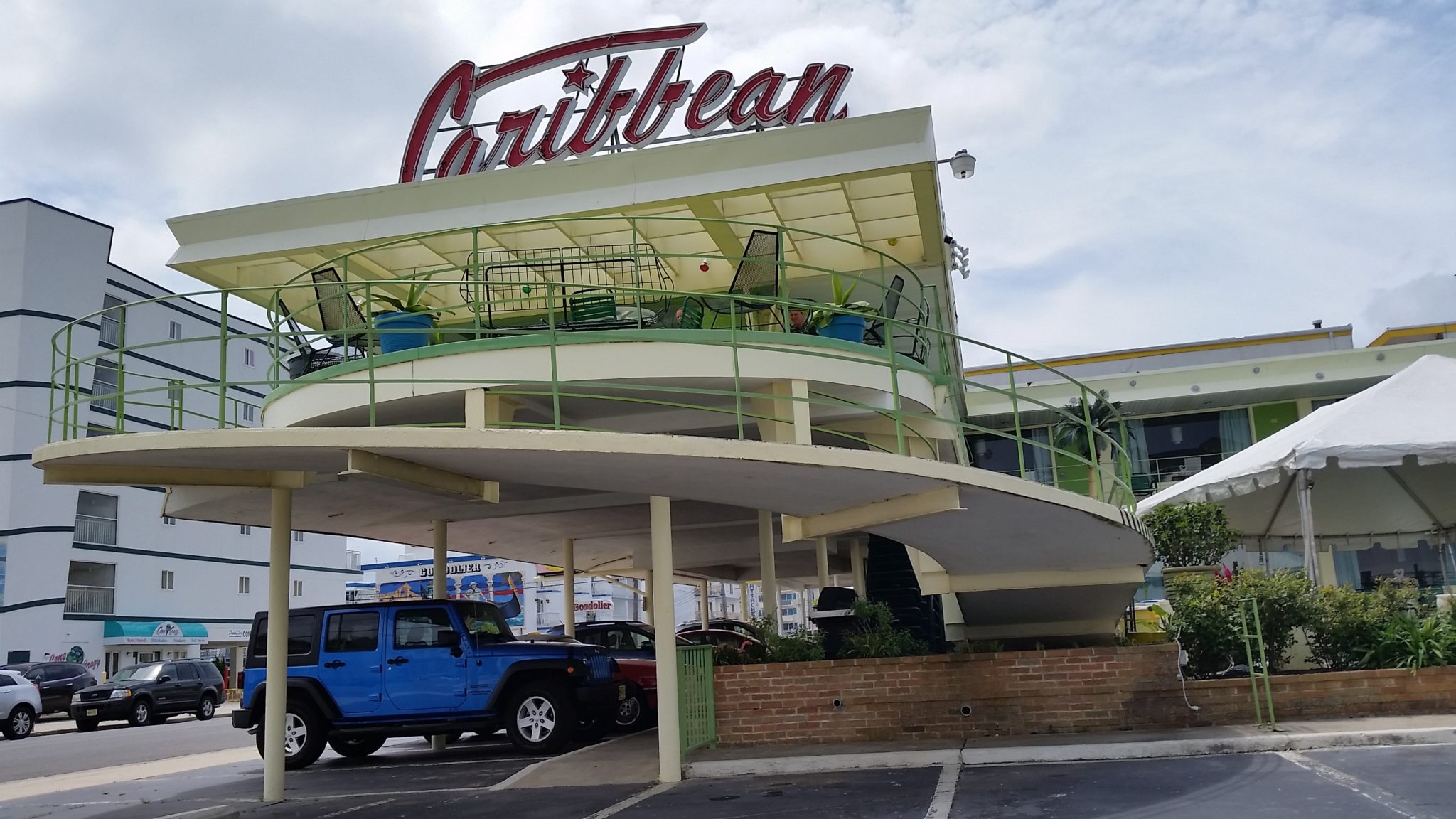The Layers of Local History
Following the Seagull
By Levi Fox
For folks spending the summer in Ocean City, or on Absecon Island, a one day-trip worth taking is driving down the barrier islands, which one can do by following the Seagull signs south on West Avenue. Before leaving Ocean City, it is worth stopping and taking a walk through the dune trails at Corson’s Inlet State Park, which is thick with wildlife, including all sorts of shore birds, skittering land crabs, and foxes. Across the bridge is the hamlet of Strathmere, known as the town of Corson’s Inlet in 1905 when it was annexed by Upper Township, and considered by some to be a semi-secret spot to be kept on the down low. The name was changed and Strathmere was settled in the 1910s, with the McCulloughs of Philadelphia the first to establish a general store, which also soon became home to the community’s first post office.
In the nineteenth century the land that later became Strathmere was owned by the same man who developed Sea Isle City, as well as Vineland, and has a unique history among Jersey Shore towns. Founded by Charles K. Landis in 1882, after being exonerated in a local celebrity murder trial in 1876, Sea Isle was originally meant to mimic Venice, Italy in being a seaside city primarily composed of canals. The Colonnade Inn, the oldest building in town and endpoint of “Charles Landis’ Venetian Dream Tour,” was completed the next year. In 1885 the Ludlum’s Beach Lighthouse was built, and named after the seventeenth century farmer who had raised cattle and sheep on the barrier island centuries earlier. Landis’ canal plan never came to fruition, and the lighthouse was lost to the wrecking ball in 2010, but two of the bars that the town is best-known for today also date to the 1880s. The Ocean Drive was built in 1885 as the Philadelphia House, and owned for years by the Meloni family. In 1888 what would later become the LaCosta Lounge was opened as a ballroom, motel, and bar by the Cronecker clan.
Just across Townsend’s Inlet is the island of Seven Mile Beach, which is home to the towns of Avalon and Stone Harbor. The northern section of the island, what was later named Avalon after an aspect of the King Arthur legend, was incorporated and settled first, starting in the 1890s. Moreover, just like Sea Isle City is home to an excellent historical museum near the bay: the Avalon History Center is a great place to learn about the unique history of the community. However, my personal favorite is the Stone Harbor Museum, which last year relocated to a larger site on Second Street and also happens to be the starting point of “The Seven Mile Beach Company Tour” that snakes through the city’s historic district. Incorporated and settled beginning in the 1910s, Stone Harbor contains some of the best preserved early twentieth century architecture anywhere along the Jersey Shore, including some unique structures such as the so-called RufWud Cottage on the bay side of Stone Harbor. However, the oldest building in town is the Life-Saving Station, built in 1871, that is today home to the local American Legion.
Following the Seagull across Hereford Inlet leads to the Wildwoods, three towns with enough of a history to easily fill their very own column. The first of these towns, North Wildwood, was still known as Angelsea when the Hereford Island Lighthouse was constructed in 1873. The funky motels that became popular in the post-war era and are the core of the “50s Doo Wop Architecture Heritage Tour,” extend all the way down to Wildwood Crest, the most southern of the communities. However, it is the central city of Wildwood that is home to the most history, from a downtown museum that houses relics from Dracula’s Castle on the Boardwalk, to the war memorials sitting across from the convention center.









